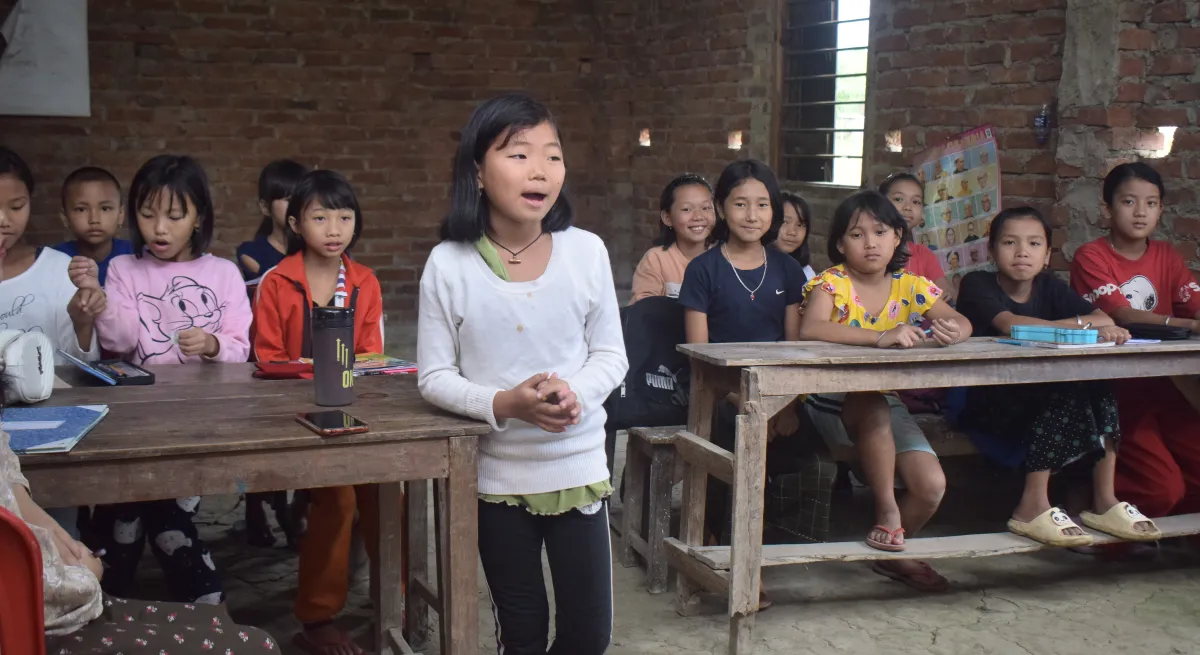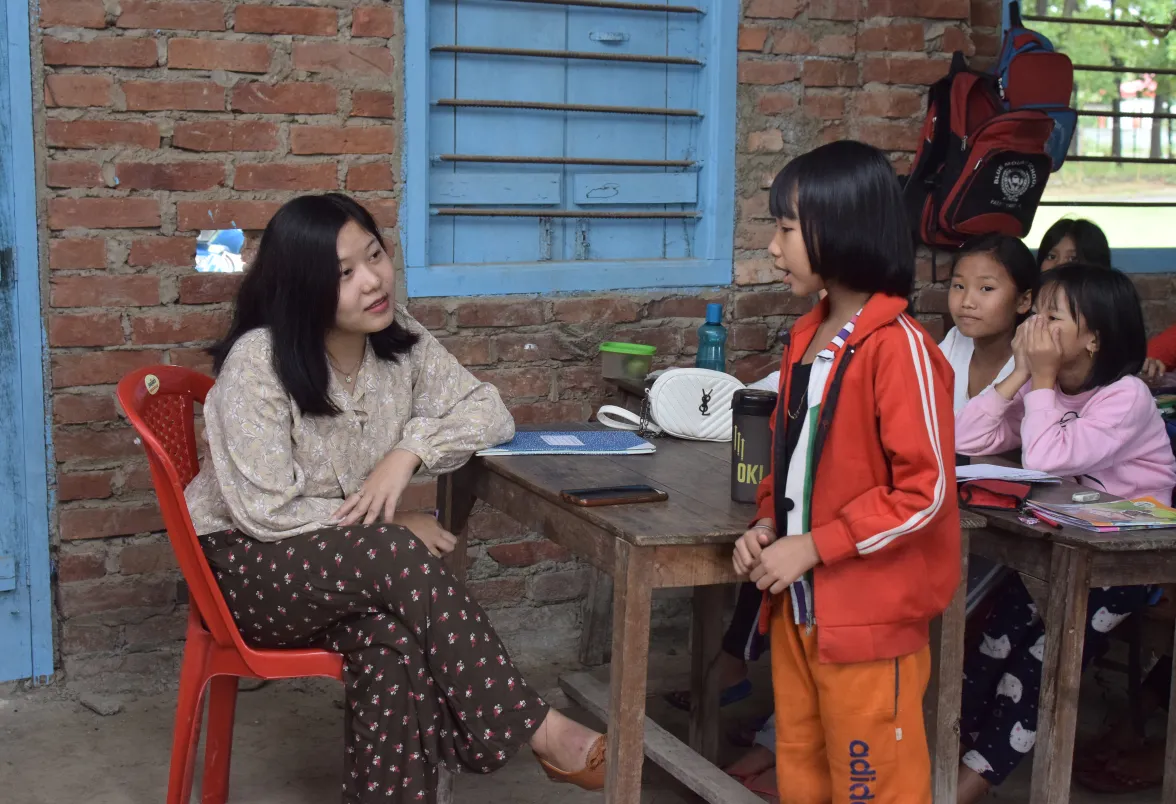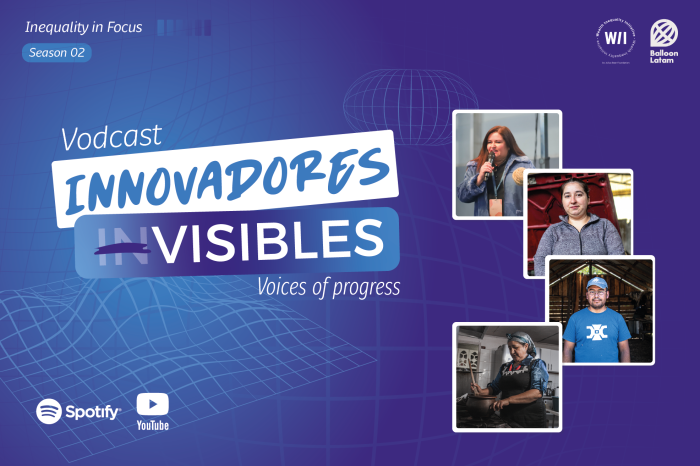Enabling girls in Manipur who have missed or quit school to integrate back into the formal education system and succeed.
24.560843111812, 93.862071744033
OUTPUT
600 girls ages 6–14 will receive support through ‘Bridge Education Centres’ in 4 villages, including all necessary school materials and meals.
OUTCOME
90 to 100% of the girls will be reintegrated into the existing public education system to complete their primary schooling.
HIGHLIGHT
Each education centre has a community-level committee that identifies eligible children and assigns them educators, ensuring community ownership and monitoring of progress.
I was out of the school during the pandemic. My parents didn’t send me back. Now my older and younger brother go to school while I help in my mother’s vegetable plantation. I’m excited that I’ll be able to attend classes again starting in the summer through ISRD. My parents are also supportive of it
Our Commitment
In Manipur, India, the district with the highest primary-school dropout rate nationally, ISRD has set up targeted education centres to tackle the crisis and ensure that girls receive a good education, thanks to Julius Baer Foundation support.
Designed to bring local communities together in support of girls' education, the just-implemented "Bridge Education Centres" have begun operating in four villages where 70-80% of girls fail to finish elementary school.
In just two months, 200 girls who stopped or never started school have entered the programme, which aims to eliminate hurdles to school attendance and universalise completion of basic education among local girls.
Parents, teachers, local authorities, religious groups and women leaders have begun taking up the cause.
Empowering At-Risk Girls
In the education sector in Manipur, there is serious gender imbalance due to disinvestment in girls' education.
The situation worsened when the economy collapsed and online learning was introduced during the pandemic, with many families opting to take their girls out of school for good.
Girls are often given the job of caring for older relatives and younger siblings, as well as keeping house.
They are also frecuently subject to peer pressure to engage in risky activities and grow up fast.
ISRD's community-led approach focuses on fostering a network of relationships between parents, school staff, government officials, and religious leaders, on behalf of universal basic education for at-risk girls in affected villages.
It seeks to empower girls, women and other marginalised groups by raising awareness of their rights, giving them access to education, and encouraging collective action on behalf of societal change.

From interrupted childhoods …
Girls in Manipur are often pressured to support their families by working in precarious jobs, acting as caregivers and marrying early rather than attending or completing school.
… to open futures.
Community-supported ‘Bridge Education Centres’ unite parents, teachers and local authorities in ensuring that at risk village girls receive all the necessary support to stay in school, achieve core literacy, and realise their full potential.
Become a Changemaker

Make an impact that lasts a lifetime — discover opportunities at IIHS to donate, volunteer, work, and learn.

